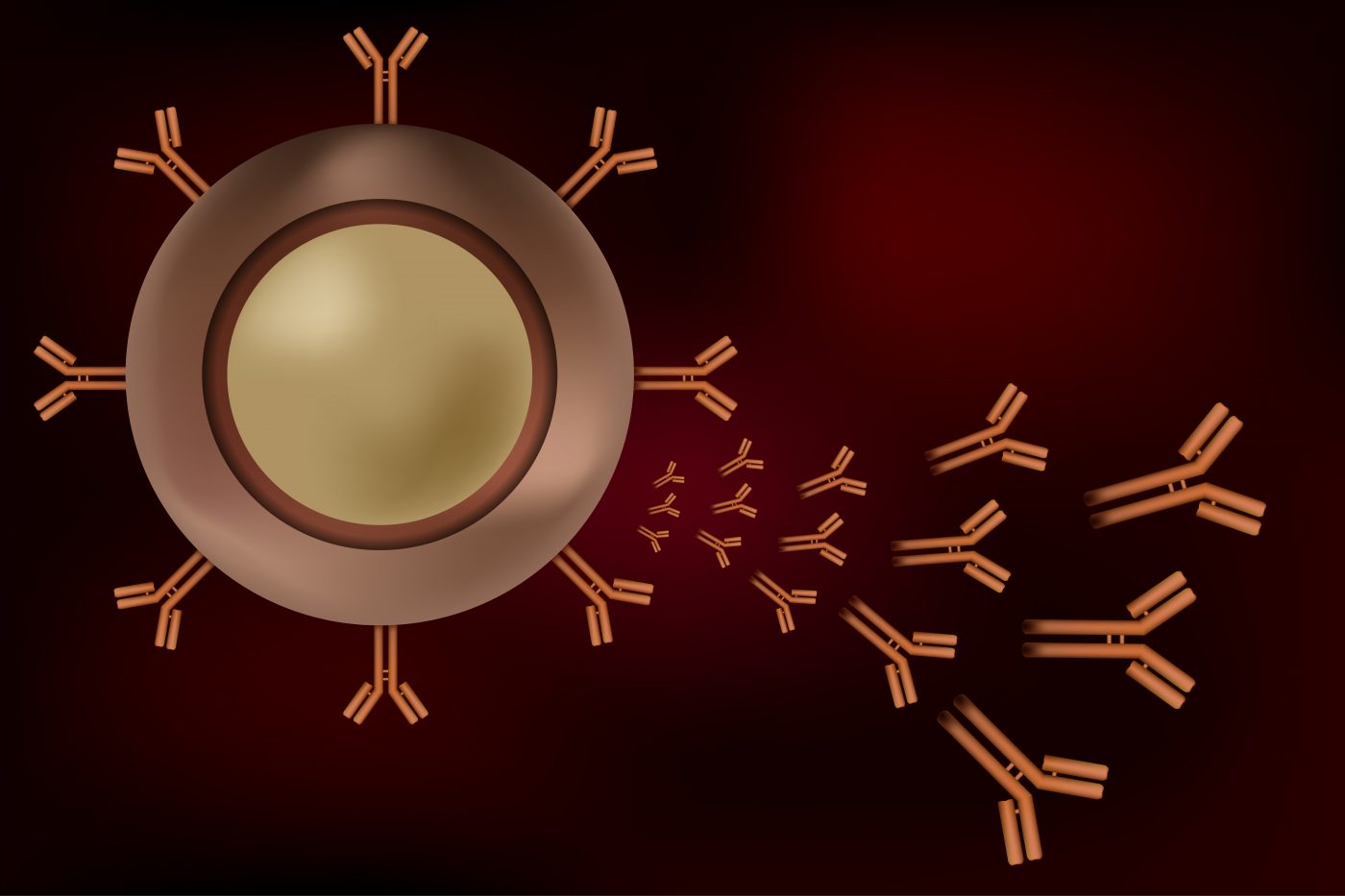Researcher’s Find Subset of Plasma Cells May Lead to Better Vaccine Technology
Written by |

A multidisciplinary team of researchers from Emory University have recently released results from a study that could advance treatment options for autoimmune diseases such as lupus erythematosus (Lupus) or rheumatoid arthritis, by better defining the cells that produce auto-reactive antibodies. The study, entitled, “Long-Lived Plasma Cells Are Contained within the CD19−CD38hiCD138+ Subset in Human Bone Marrow,” was published in the latest on-line edition of Immunity.
Background Terminology:
• Antibodies: used by the immune system to identify and neutralize foreign objects such as bacteria and viruses. The antibody recognizes a unique part of the foreign target, called an antigen.
• Plasma cells: a type of white blood cell (immune cell) that produces and secretes antibodies
• Human bone marrow: is the flexible tissue in the interior of bones where red blood cells are produced by a process known as hematopoiesis.
The Study was conducted in the laboratory of France Eun-Hyung Lee, MD, assistant professor of medicine at Emory University School of Medicine and director of Emory Healthcare’s Asthma, Allergy and Immunology program. The aim of her laboratory’s research is to understand the biology of human plasma cells in health and disease in bone marrow, blood, and respiratory tissues, as well as, focusing on the human plasmablasts/antibody secreting cells (ASC) that circulate during an active immune response such as vaccination or infection. Using her clinical and laboratory expertise Dr. Lee and her team, also study the biology of plasma cells in the upper and lower respiratory tract with a primary focus on IgE plasma cells (play a role in allergies).
In this study Dr. Lee and her colleagues examined bone marrow samples from 11 volunteers between the ages of 43 to 70 who did not receive the measles and mumps vaccine, but had antibodies in their blood indicating a past history of infection with the viruses most likely in childhood. The collected bone marrow samples were divided into 4 different groups based on certain proteins found on the surface, and analyzed for an antibody/antigen reaction in response to measles and mumps. Results showed that the CD19−CD38hiCD138+, known in the study as subset D, was the only group to express plasma cell-associated genes for measles and mumps, and exclusively contained plasma cells specific for these viral antigens to which the subjects had not been exposed to for more than 40 years.
In a University press release Dr. Lee explained the significance of these findings, “If you’re developing a vaccine, you want to fill up this compartment with cells that respond to your target antigen. I like to call this group of cells the ‘historical record’ of infection or vaccination.”
In a similar study conducted in Dr. Lee’s lab and published in Nature Immunology, researchers investigated antibody-producing cells in patients with lupus; the auto-antibody producing cells mostly come from cells outside subset D.




